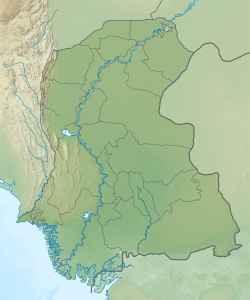Talk:Etymology of Sindh (Pakistan/India)
The Pakistani province of Sindh and the people inhabiting the region had been designated after the river known in Ancient times as the Sindhus River, now also known by Indus River. In Sanskrit, Sindhu means "river, stream". However, the importance of the river and close phonetically resemblance in nomenclature would make one consider Sindhu as the probable origin of the name of Sindh. Later on phonetically changes transformed Sindhu into Hindu in Old Persian. The Ancient Greeks of Macedon who conquered Sindh Valley region of modern Pakistan in 325 BC under the command of Alexander the Great “(Sikandar-e-Azam)” rendered it as Indu, or Indós, hence the modern Indus, when the British colonists arrived and conquered Southern Asia, in the 17th Century AD as part of their Indian Imperial Empire of South Asia; they expanded the term and applied the name to the entire region of South Asia and called it “India” by following that regional example and formally applied the Greek name for Sindh under her entire domain of the Raj respectively. The ancient Iranians referred to everything east of the river Indus as Hind from the word Sind respectively. Southworth suggests that the name Sindhu is in turn derived from Cintu, a Dravidian word for Date palm, a tree commonly found in Sindh.

